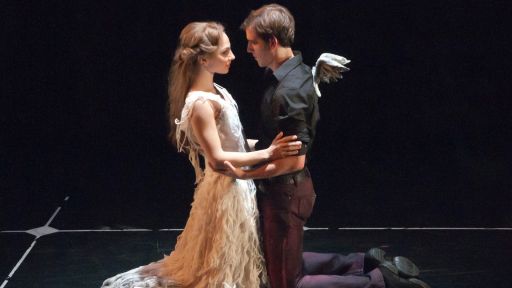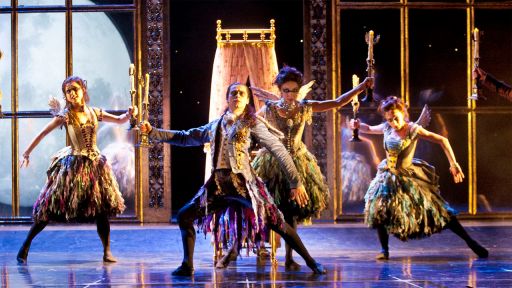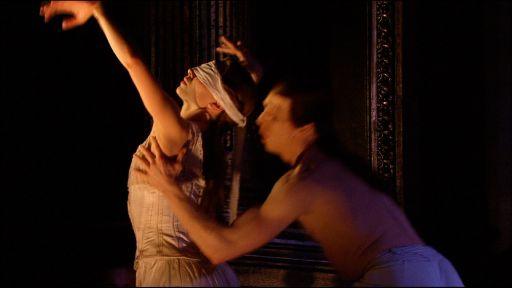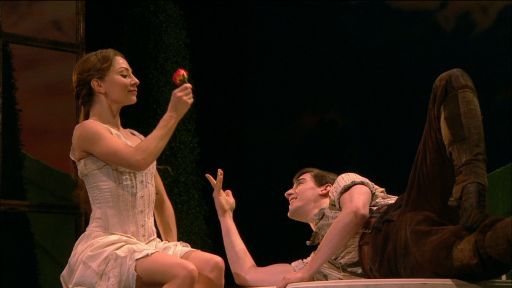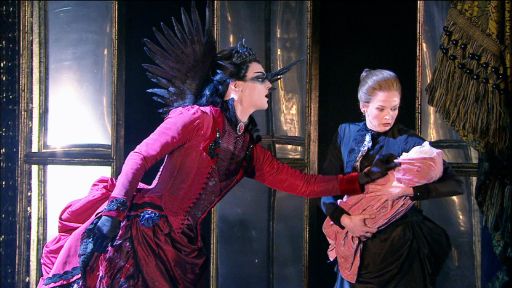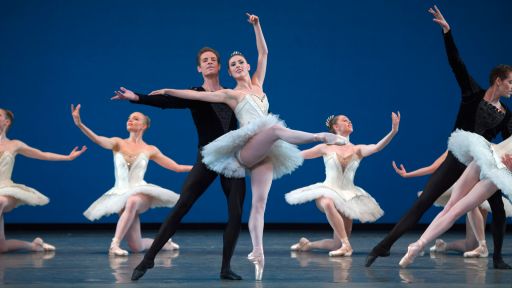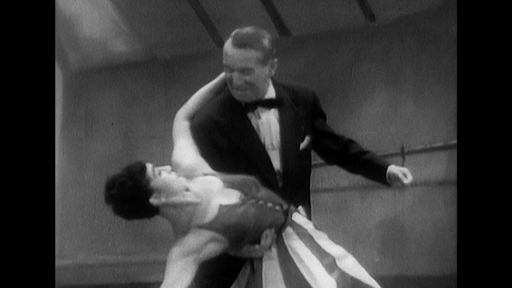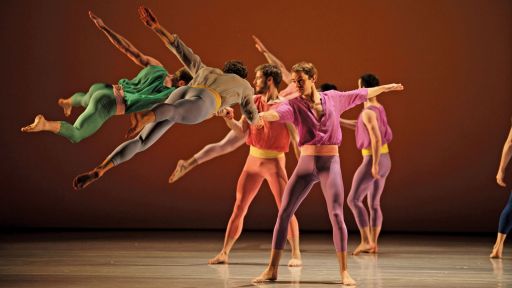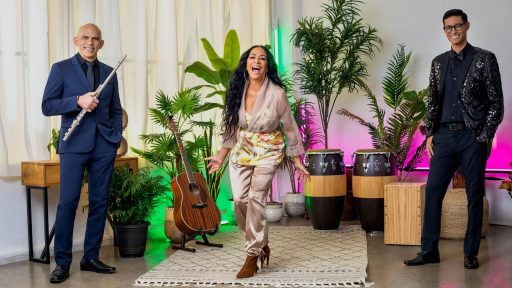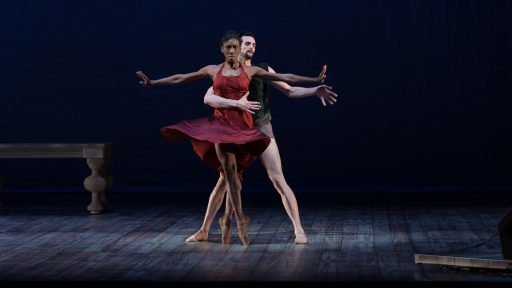Dance history and storytelling is important to choreographer Matthew Bourne, creator of a Swan Lake with an all-male corps of Swans, and an Edward Scissorhands ballet, among other innovative productions. Known for his bold re-interpretations of classic ballets like Sleeping Beauty, he is conscious of the original versions and even “reverential about them,” he says in an interview that includes rehearsal footage for Matthew Bourne’s Sleeping Beauty and clips of other ballets.
“I want to please the people who know them [the ballets] really well, as well as invite a new audience in,” says Bourne.
Musical theater and films inspired Bourne as he was growing up. After seeing a Disney movie or Chitty Chitty Bang Bang as a child, he would go home and try to re-create it. “I always the star,” he laughs. “The Dick Van Dyke to Mary Poppins.”
“I imagine a person who knows nothing, and the curtain goes up and I have to start telling them a story. Whether they know this piece really well and can enjoy all the differences that I’m doing with it, or, they’ve never seen a dance piece,” Bourne says he keeps both audiences in mind to focus on good storytelling.
Matthew Bourne’s Sleeping Beauty, the award-winning ballet production, airs on Great Performances, Friday, April 25 at 9 p.m. on PBS. (Check local listings).

